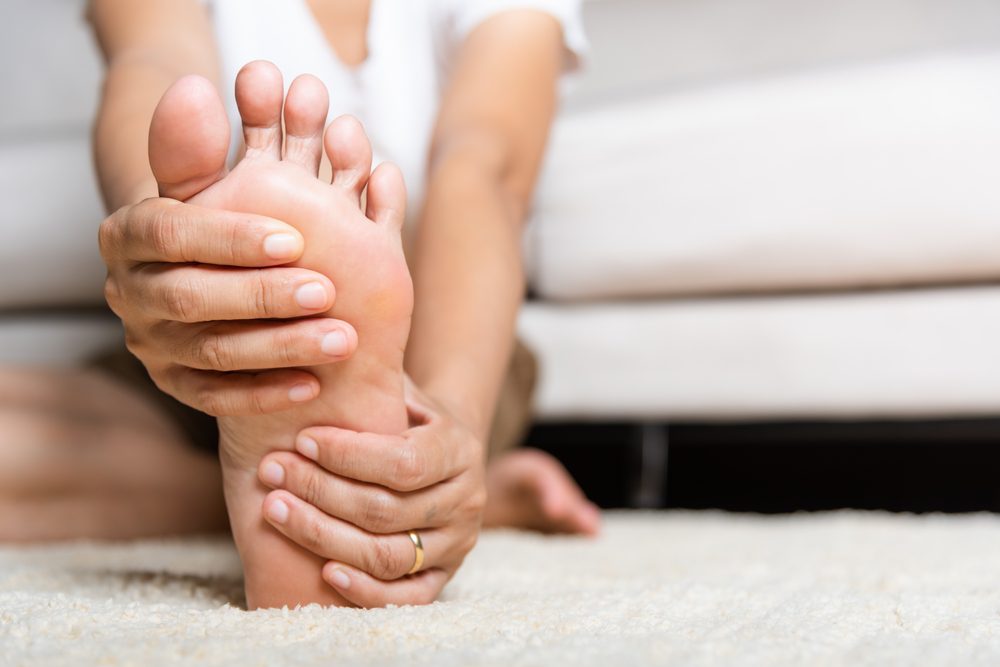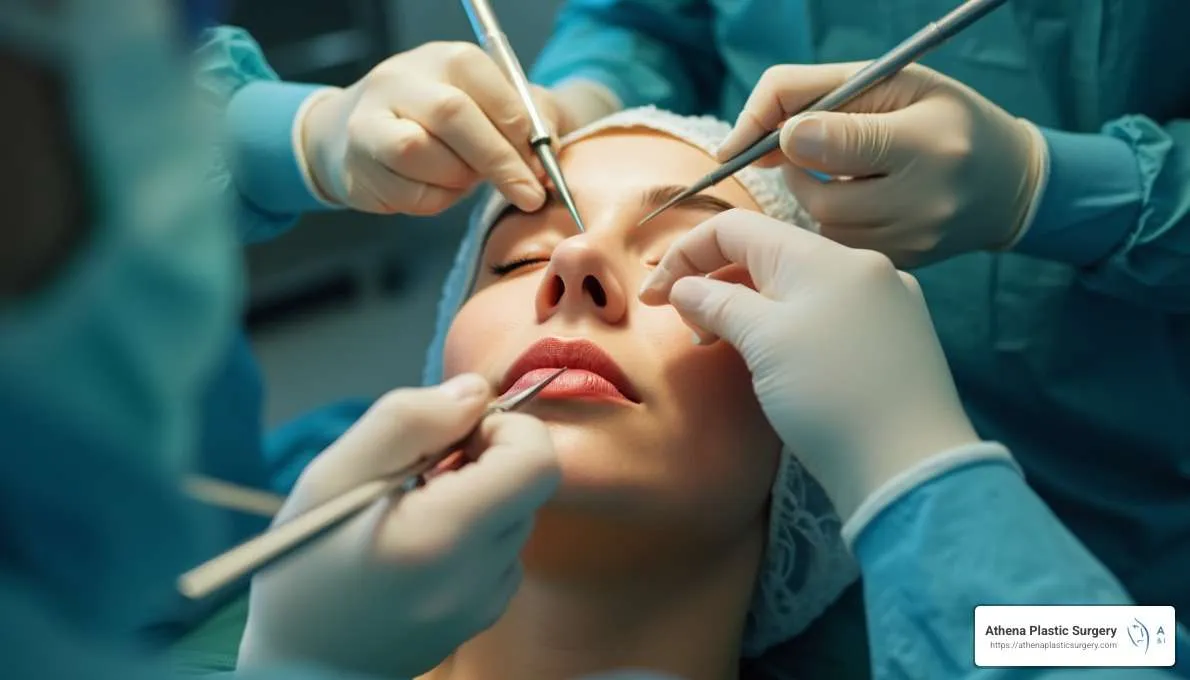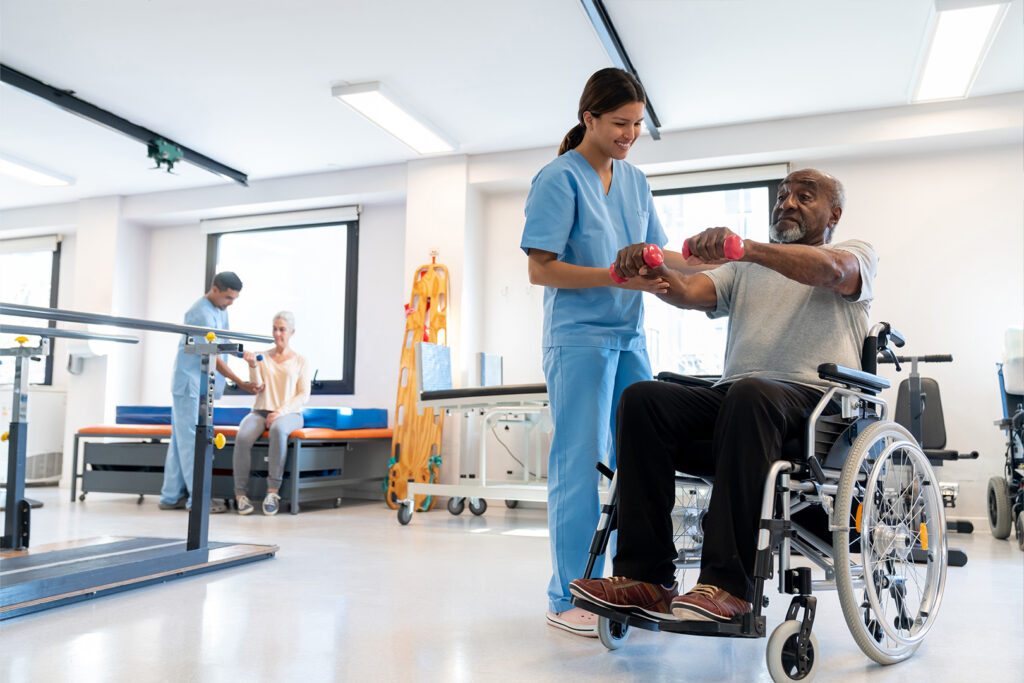Joint pain can be debilitating, affecting not only your ability to perform daily tasks but also your overall quality of life. For those seeking a non-surgical solution, platelet-rich plasma (PRP) therapy has emerged as an impactful option in regenerative medicine. Here’s information on what PRP therapy is and how it can offer relief from joint pain:
How Does PRP Work?
PRP therapy harnesses your body’s natural healing processes to target areas of pain or injury. The treatment involves isolating platelets from your blood and concentrating them to create a plasma with potent healing factors. This plasma is then injected directly into the affected area to help encourage tissue repair and alleviate discomfort.
Regenerative Medicine
Regenerative medicine focuses on boosting the body’s inherent ability to heal itself. PRP, as a part of this field, works by kickstarting your body’s repair mechanisms. By injecting a concentrated dose of platelets, PRP therapy delivers healing proteins and growth factors directly to damaged tissues.
Pain Reduction
PRP therapy is not a quick fix, but it’s a long-term process aimed at restoring function and reducing discomfort. The platelets in this therapy release growth factors that promote the repair of injured tissues, like joints, while also addressing the inflammation that often accompanies pain. While initial soreness at the injection site is expected, the goal of PRP therapy is to facilitate healing that leads to gradual pain relief and improved mobility over time.
Can PRP Help Joint Pain?
PRP therapy is widely regarded as a promising tool for people struggling with chronic or acute conditions, including joint pain. It can benefit various joint-related conditions and injuries by accelerating tissue regeneration and potentially delaying the need for more invasive treatments, like surgery. Here are some common joint conditions that PRP therapy can support:
- Rotator Cuff Tears
- Labral Tears
- Arthritis
- Meniscus Tears
- Achilles Tendinosis
- Ligament Injuries
- Disc Degeneration
- Neck & Back Pain
This restorative therapy stands out for its ability to be tailored to your unique situation while minimizing risks, as it uses components from your own body. It can often be combined with other interventions to maximize healing outcomes.
What Is a Treatment Like?
Undergoing PRP therapy is a straightforward process beginning with a simple blood draw, typically from your arm. The blood is then processed in a centrifuge to concentrate the platelets, which contain growth factors fundamental for tissue repair. Once the PRP solution is ready, it is carefully injected into the targeted area under precise guidance, often using ultrasound or imaging technology for accuracy.
The procedure itself is minimally invasive and usually takes under an hour, including preparation. While you may experience minor discomfort at the injection site, most patients find the process tolerable and relatively quick. After the treatment, you may be advised to rest the affected area temporarily and avoid strenuous activities for a short period. Recovery varies depending on the individual and the condition being treated, but many patients start noticing improvements in pain and functionality within a few weeks, with continued progress over several months.
Try PRP Treatments Today
Platelet-rich plasma therapy offers a natural and innovative way to address joint pain and regain mobility. By utilizing your body’s own regenerative capabilities, PRP may help repair damage and enhance your quality of life. Consult a qualified specialist about whether PRP therapy is right for you.





Leave a Reply